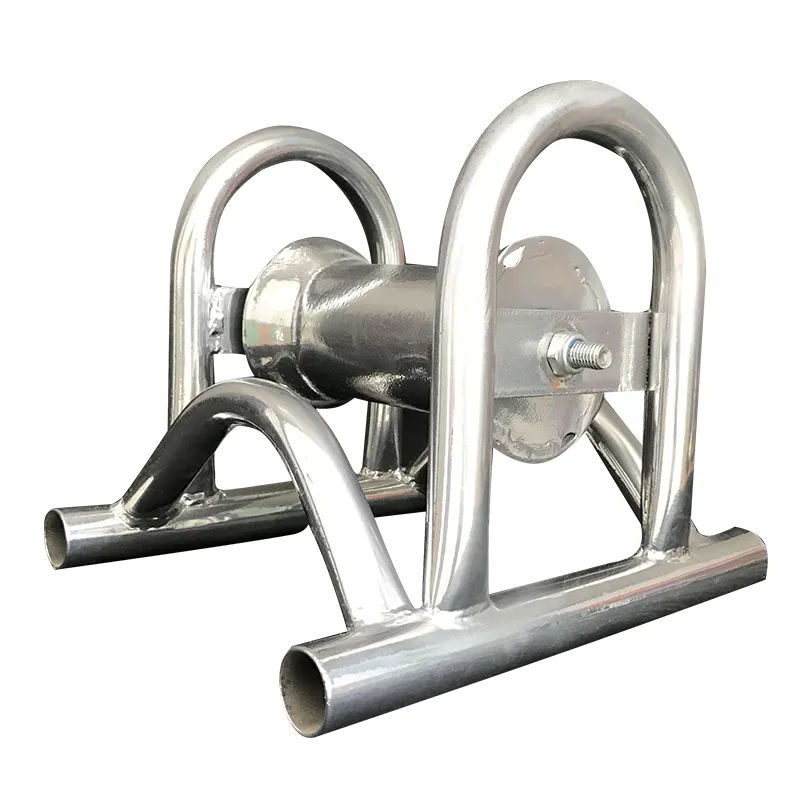
-
 Afrikaans
Afrikaans -
 Albanian
Albanian -
 Amharic
Amharic -
 Arabic
Arabic -
 Armenian
Armenian -
 Azerbaijani
Azerbaijani -
 Basque
Basque -
 Belarusian
Belarusian -
 Bengali
Bengali -
 Bosnian
Bosnian -
 Bulgarian
Bulgarian -
 Catalan
Catalan -
 Cebuano
Cebuano -
 Corsican
Corsican -
 Croatian
Croatian -
 Czech
Czech -
 Danish
Danish -
 Dutch
Dutch -
 English
English -
 Esperanto
Esperanto -
 Estonian
Estonian -
 Finnish
Finnish -
 French
French -
 Frisian
Frisian -
 Galician
Galician -
 Georgian
Georgian -
 German
German -
 Greek
Greek -
 Gujarati
Gujarati -
 Haitian Creole
Haitian Creole -
 hausa
hausa -
 hawaiian
hawaiian -
 Hebrew
Hebrew -
 Hindi
Hindi -
 Miao
Miao -
 Hungarian
Hungarian -
 Icelandic
Icelandic -
 igbo
igbo -
 Indonesian
Indonesian -
 irish
irish -
 Italian
Italian -
 Japanese
Japanese -
 Javanese
Javanese -
 Kannada
Kannada -
 kazakh
kazakh -
 Khmer
Khmer -
 Rwandese
Rwandese -
 Korean
Korean -
 Kurdish
Kurdish -
 Kyrgyz
Kyrgyz -
 Lao
Lao -
 Latin
Latin -
 Latvian
Latvian -
 Lithuanian
Lithuanian -
 Luxembourgish
Luxembourgish -
 Macedonian
Macedonian -
 Malgashi
Malgashi -
 Malay
Malay -
 Malayalam
Malayalam -
 Maltese
Maltese -
 Maori
Maori -
 Marathi
Marathi -
 Mongolian
Mongolian -
 Myanmar
Myanmar -
 Nepali
Nepali -
 Norwegian
Norwegian -
 Norwegian
Norwegian -
 Occitan
Occitan -
 Pashto
Pashto -
 Persian
Persian -
 Polish
Polish -
 Portuguese
Portuguese -
 Punjabi
Punjabi -
 Romanian
Romanian -
 Russian
Russian -
 Samoan
Samoan -
 Scottish Gaelic
Scottish Gaelic -
 Serbian
Serbian -
 Sesotho
Sesotho -
 Shona
Shona -
 Sindhi
Sindhi -
 Sinhala
Sinhala -
 Slovak
Slovak -
 Slovenian
Slovenian -
 Somali
Somali -
 Spanish
Spanish -
 Sundanese
Sundanese -
 Swahili
Swahili -
 Swedish
Swedish -
 Tagalog
Tagalog -
 Tajik
Tajik -
 Tamil
Tamil -
 Tatar
Tatar -
 Telugu
Telugu -
 Thai
Thai -
 Turkish
Turkish -
 Turkmen
Turkmen -
 Ukrainian
Ukrainian -
 Urdu
Urdu -
 Uighur
Uighur -
 Uzbek
Uzbek -
 Vietnamese
Vietnamese -
 Welsh
Welsh -
 Bantu
Bantu -
 Yiddish
Yiddish -
 Yoruba
Yoruba -
 Zulu
Zulu


Dec . 13, 2024 23:56 Back to list
cable to ground rod
The Importance of Proper Cabling to Ground Rods in Electrical Systems
In electrical engineering and safety, grounding is a critical concept that helps protect individuals and equipment from electrical faults. A ground rod, typically made of copper or galvanized steel, is a rod driven into the earth to establish a connection with the ground. This connection serves as a path for electrical currents to dissipate safely. Among various grounding techniques, cabling to ground rods is essential for maintaining electrical safety and system integrity.
Grounding provides a direct path for electrical faults to flow into the earth rather than through people or sensitive equipment. Involuntary contact with an energized object can lead to severe electrical shocks, potentially resulting in injuries or fatalities. By integrating a ground rod into electrical systems, the risks associated with electrical shocks are significantly minimized.
The Importance of Proper Cabling to Ground Rods in Electrical Systems
One of the primary advantages of using a ground rod is its ability to reduce voltage differences caused by transient events such as lightning strikes or power surges. During such events, excess voltage can travel through electrical systems, leading to potential damage. By directing this excess voltage into the ground, a ground rod can help protect appliances, devices, and the overall electrical system from damage, increasing their longevity and reliability.
cable to ground rod

Moreover, cable connections to ground rods play a vital role in ensuring effective electromagnetic compatibility (EMC). By properly grounding electrical systems, interference from electromagnetic fields can be minimized, leading to improved performance in sensitive equipment, especially in industries like telecommunications and healthcare, where precision is paramount.
Installation of a ground rod and cabling is not just a one-time job; it requires regular maintenance and testing. Corrosion can weaken ground rods over time, diminishing their effectiveness. Therefore, periodic inspection of the connections, cabling quality, and the ground rod itself is necessary to ensure optimal performance. Ground resistances should be regularly measured using specialized equipment to confirm that they are within acceptable limits, typically below 25 ohms for residential systems.
It is also essential to address common installation errors during the cabling process. These can include using insufficiently sized cables, improper rod depth, or inadequate connections. For example, connections must be secure and corrosion-resistant to ensure longevity and effectiveness. Using proper tools—such as crimping tools for connectors and hammers or power tools for driving rods—can greatly enhance the installation process, ensuring a solid ground connection.
Finally, educating homeowners and facilities on the importance of grounding cannot be overlooked. Many still lack awareness regarding the significance that proper cabling to ground rods plays in their overall electrical safety and equipment protection. Workshops, informational campaigns, and utilizing resources from professional electrical contractors can help raise awareness and promote safety measures in both residential and commercial settings.
In conclusion, cabling to ground rods is a crucial element in ensuring electrical safety and system reliability. Through establishing secure connections between electrical systems and the earth, grounding reduces risks associated with electrical faults and enhances the longevity of equipment. Regular maintenance, proper installation techniques, and ongoing education are vital in ensuring that these grounding systems remain effective for years to come. With electricity as a foundational component of modern life, ensuring its safe usage through proper grounding is a responsibility shared by all who manage electrical systems.
Latest news
What Are Construction Tools and How Are They Used?
NewsJul.11,2025
Professional-Grade Duct Rodding Tools for Superior Cable Installation
NewsJul.11,2025
Enhancing Safety and Efficiency with Modern Hot Stick Solutions
NewsJul.11,2025
Empowering Cable Installation with Advanced Rodder Solutions
NewsJul.11,2025
Elevate Your Cable Installation Projects with Cable Pulling Tools
NewsJul.11,2025
Efficient Cable Handling Solutions: Cable Rollers for Sale
NewsJul.11,2025











